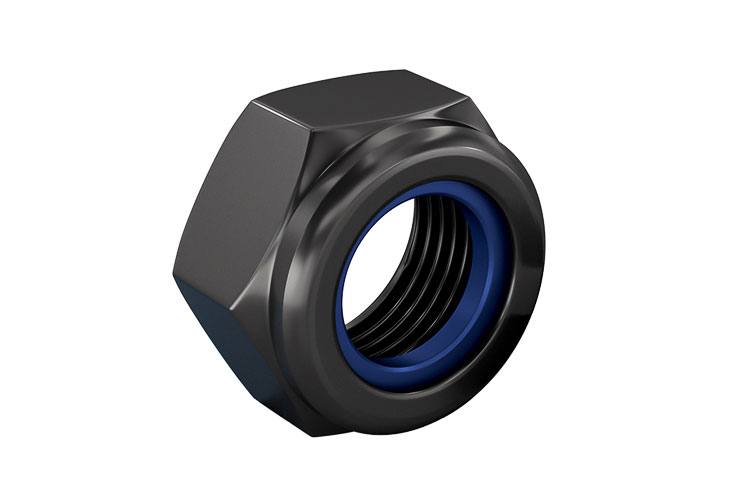
Lock nuts (also called locking nuts) have a certain elasticity compared to ordinary nuts. It is a nut designed to prevent bolts or screws from loosening under vibration, impact or dynamic loads.
Locknuts enhance locking by friction locking (nylon inserts, all-metal), and material deformation, which often require higher torque for installation and removal.
51Fasteners offers locknuts in a variety of grades, materials, standard (inch) and metric sizes.
Lock Nut Specifications
- Diameter: M3 to M100
- Threads: UNC thread, UNF thread, ISO thread, Metric thread, Imperial thread, Full thread, Half thread, Coarse thread, Fine thread
- Strength grades: 04, 05, 5, 6, 8, 10, 12
- Packing: Small Box + Carton +Pallet, Custom Packaging Service
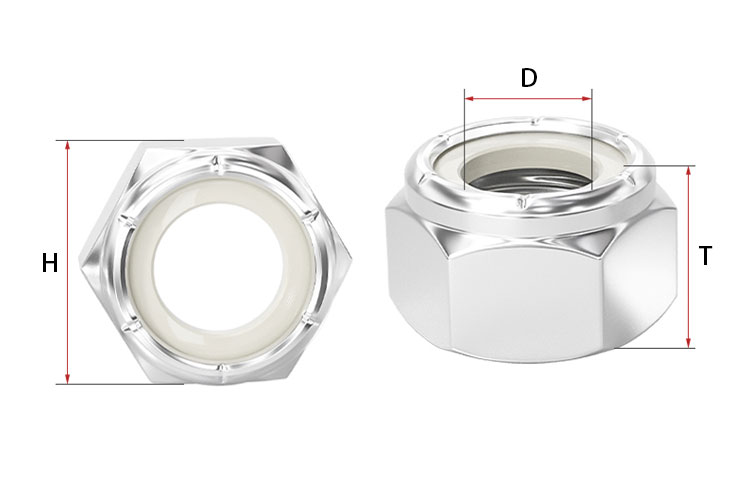
Surface Treatments
- Hot-dip galvanizing
- Electroplating colored zinc
- Oxidation blackening
- Anodizing
- Chrome plating
- Nickel plating
- Heat treatment
- Passivation
Materials
- Carbon Steel
- Stainless Steel
- Alloy Steel
- Aluminum Alloy
- Copper
- Nylon
Standards for Lock Nuts
| DIN 985 | DIN EN 1666 | UNI 8835 | GB 805 | ISO 12126 | ISO 12125 |
| DIN EN 1667 | DIN 982 | DIN 6921 | GB/T 6185 | ISO 7044 | ISO 10511 |
| DIN 7967 | DIN 6924 | DIN 6925 | IFI 100-2 | ISO 7041 | ISO 7043 |
| DIN 6927 | DIN EN 4123 | DIN 980 | GB/T 6182 | ISO 7720 | ISO 7042 |
| DIN EN 1664 | DIN EN ISO 10511 | DIN 6926 | GB/T 6183 | ISO 7040 | ISO 10512 |
| DIN EN ISO 7719 | DIN 987 | DIN 2510-5 | GB/T 6187 | ISO 7719 | BS 4929 |
| DIN 980V | DIN 980M | NF E25-409 | GB/T 889 | ASME B 18.16 | ASME B 18.16M |
| UNI 8835 | UNI 7474 | UNI 2733 | UNI 8835 | GB/T 1339 | JIS B 1199-2 |
Types of Lock Nuts
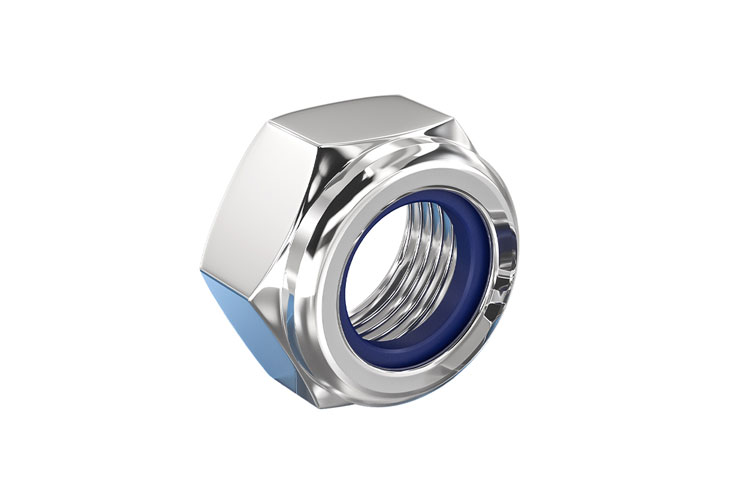
Nylon Insert Locking Hex Nuts
The top of the nut is embedded in the nylon ring, when tightening the bolt thread extrusion nylon friction, anti-loosening effect is good, the working temperature -40 ℃ to +100 ℃.
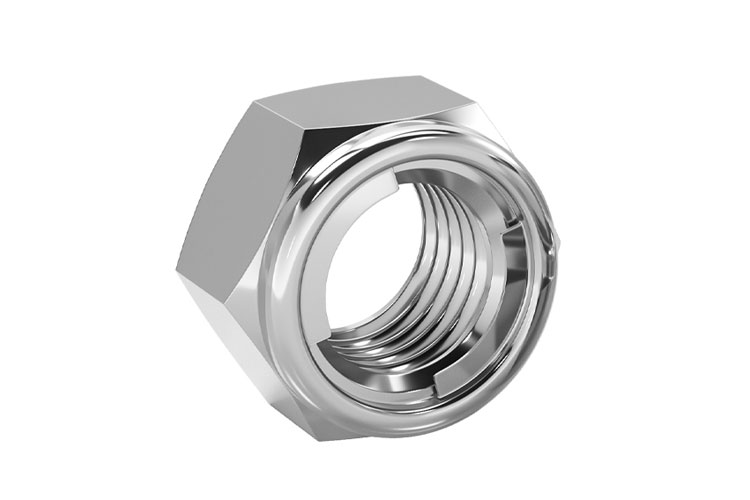
Metal Locking Hex Nuts
The upper part of the nut generates elastic clamping force by metal deformation (notching, grooving) and operates at temperatures from -50°C to +600°C.
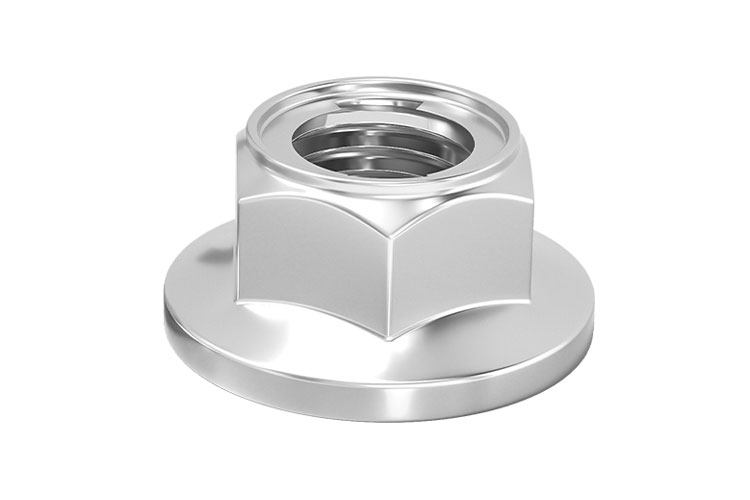
With one-piece flange with additional non-slip teeth for increased contact surface and head with nylon insert or sheet metal locking.
Applications
- Railway Vehicle
- Construction Machinery Boom
- Wind turbines
- High Voltage Transmission Equipment
- Aerospace Components
- Ship and Port Facilities
